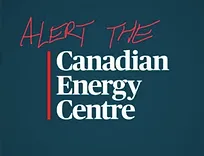

What's something that people should know about offsets that they don't?
There are two concepts I would like to discuss here.
First, there’s the concept of additionality. This is fundamental to an offset credit, but there seems to be a lack of understanding among both casual observers and even some experts. Offsets have a bad reputation in some circles because they are perceived as greenwashing or not part of any real climate solution. These perspectives are misguided at best.
Additionality is defined as an activity that is not legally required, reduces emissions below a baseline, is not widely adopted, and would otherwise not occur without the financial incentives generated via the sale of credits. Each of these conditions is critical to consider when discussing offsets. A good offset goes through a lengthy process that involves extensive verification, quantification, and monitoring. ClearBlue has done numerous offset feasibility studies that find low or no offset potential due to the stringency of large and reputable offset registries.
When people denigrate offsets, it can feel like they are stuck in the early days of the Kyoto Protocol and the CDM. The offset market has come a long way since then. With more carbon pricing programs and more entities looking at offsets as part of their climate plans, offsets in turn have become stronger due to best practices and lessons learned over the past two decades. This is only going to continue with the sustainability pledges announced on an almost daily basis.
In voluntary markets, they represent a lower-cost option to meeting emission reduction targets. No corporation can fully eliminate its emissions tomorrow. There are some quick and easy projects like fuel switching, but the bulk of emissions for most companies is going to happen over the course of years and possibly decades in situations where processes are not yet technologically feasible or too costly. Voluntary offsets represent a way to achieve emission reductions that are not possible today.
Click here to read the full interview
